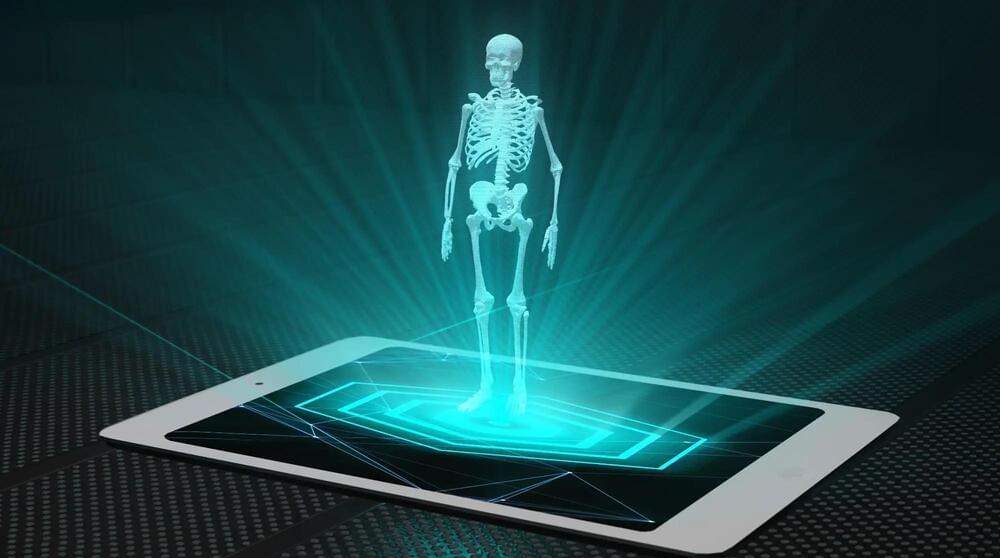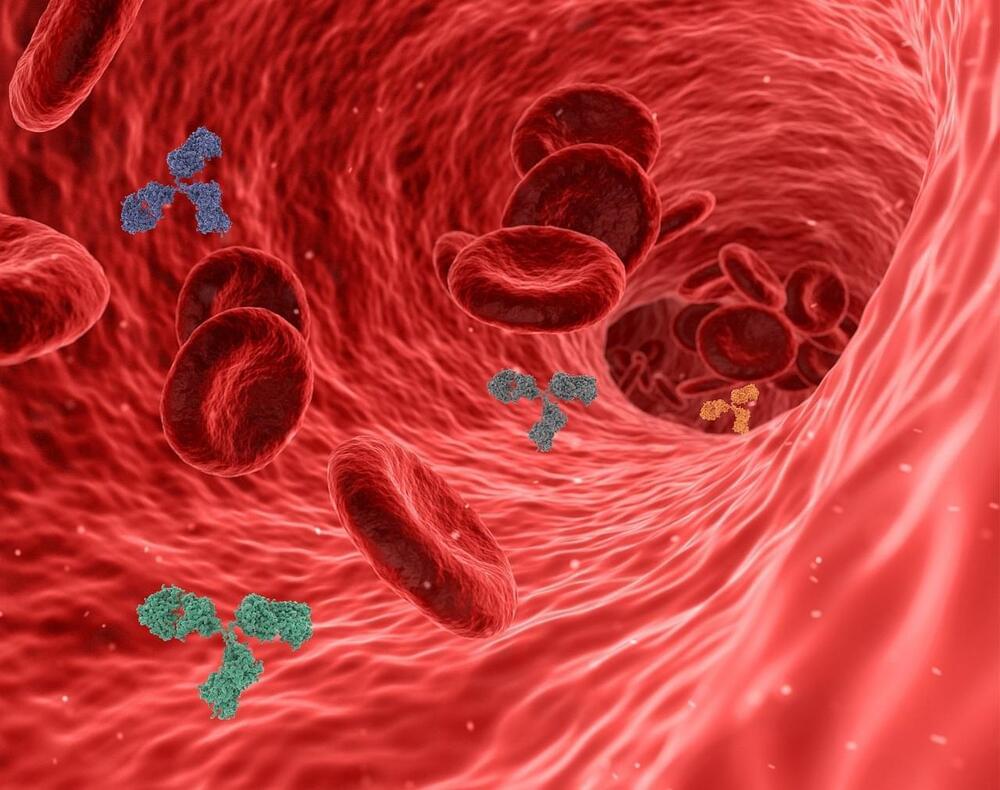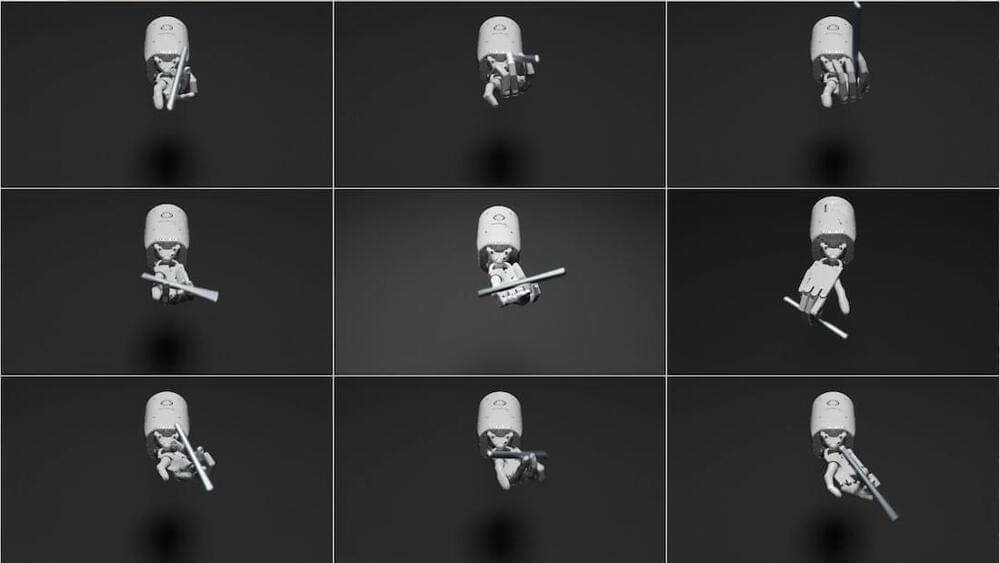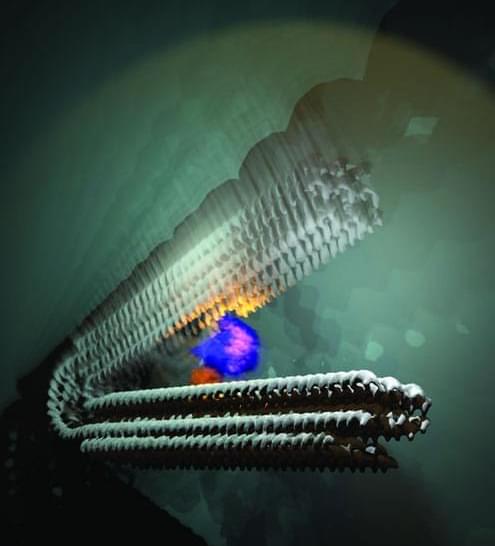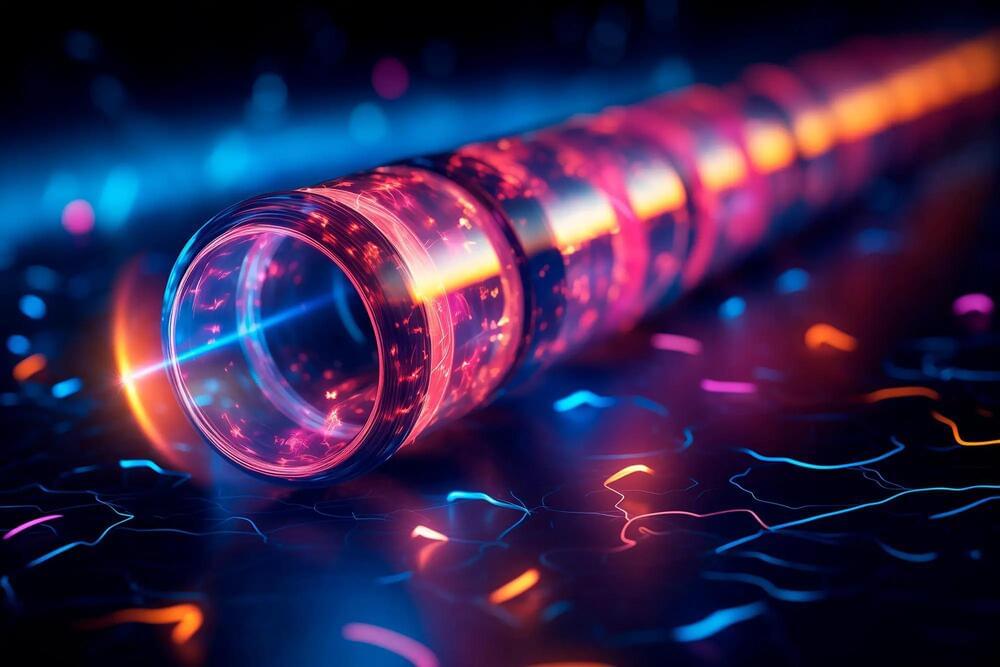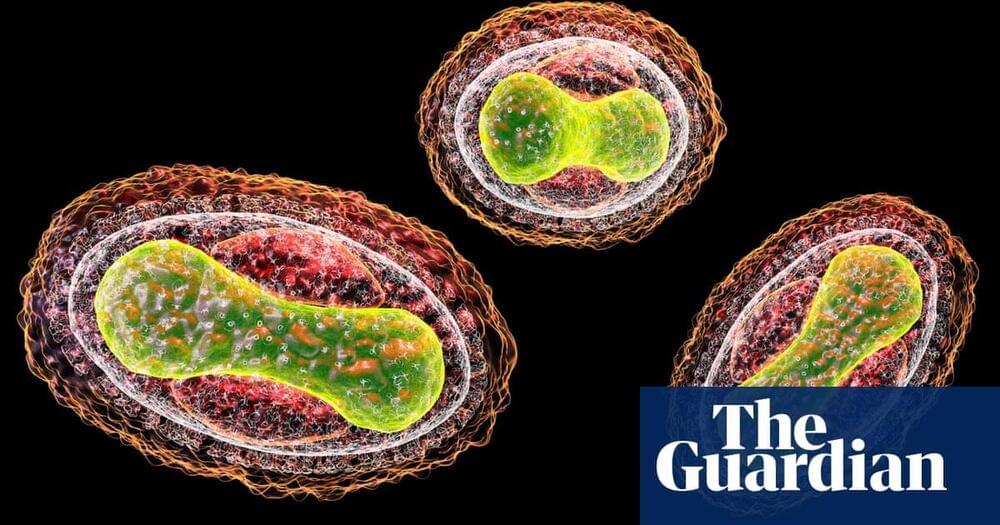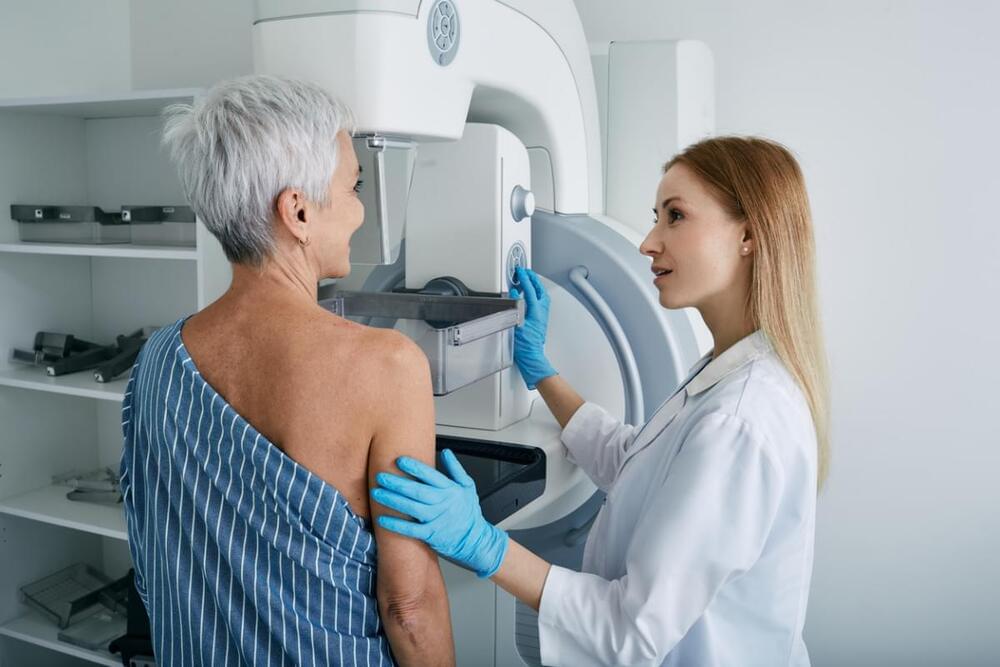Radiotherapy (also called radiation therapy), a commonly used cancer treatment that uses high-energy radiation, can effectively eliminate or shrink various types of tumors. While radiotherapy benefits many cancer patients, the associated side effects can hinder cancer survivors’ quality of life and overall health.
When a patient receives radiation treatments, the radiation damages the DNA. If the DNA damage becomes severe enough, the cancer cell will not recover and will stop dividing and die. Unfortunately, the exact mechanisms by which radiation elicits cancer cell death can cause similar damage in nearby healthy cells, leading to significant toxicities in some cases.
Many malignancies that develop in the pelvic region, including urinary and rectal cancers, are susceptible to pelvic radiotherapy. Some patients receiving pelvic radiotherapy develop debilitating bowel symptoms, including intestinal inflammation. Doctors do not fully understand these clinical challenges despite the common occurrence of bowel symptoms following pelvic radiotherapy. A better understanding of the link between radiation and bowel damage could help doctors manage cancer treatment more optimally, enhancing survivorship.
